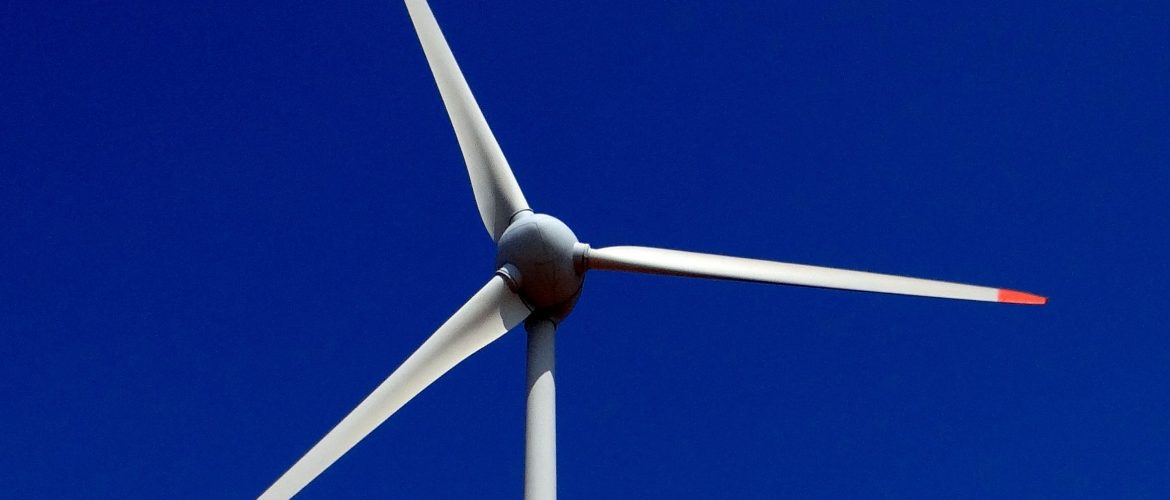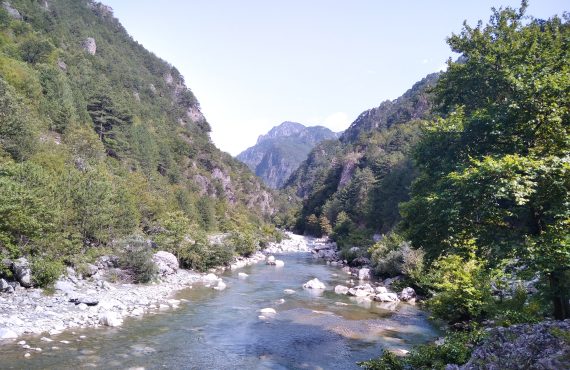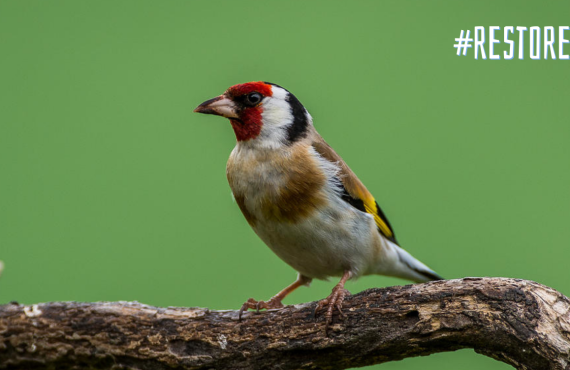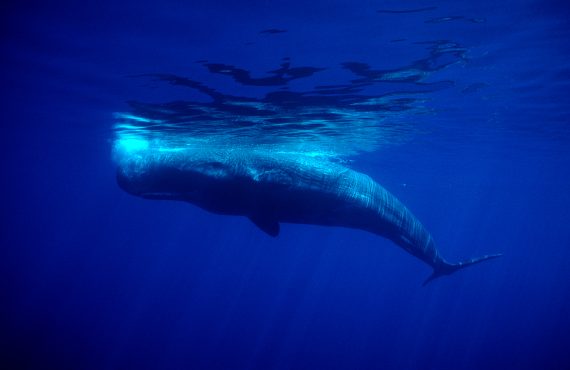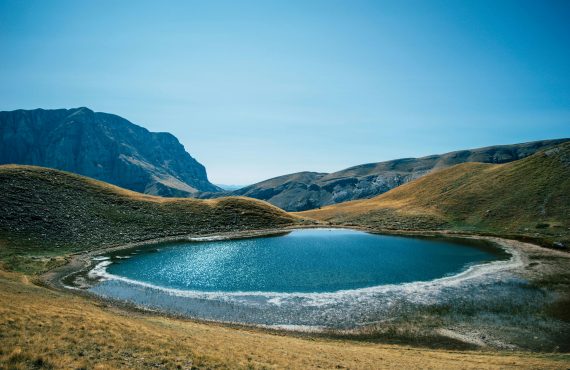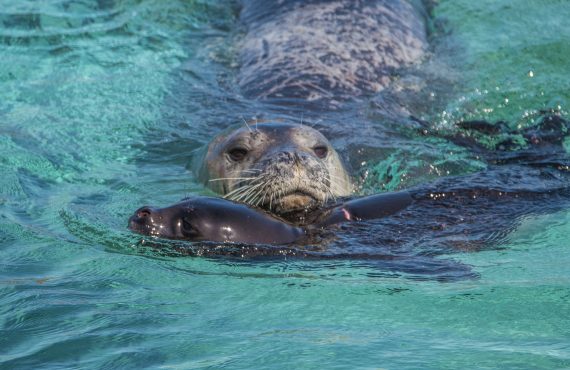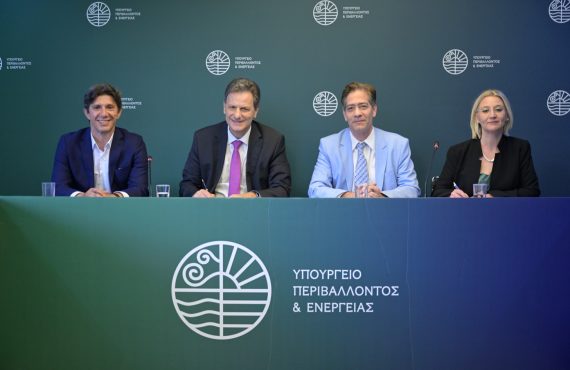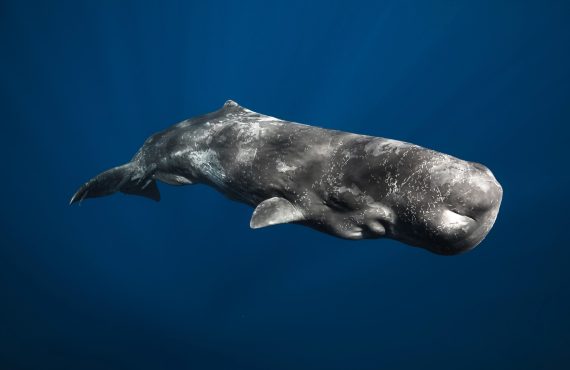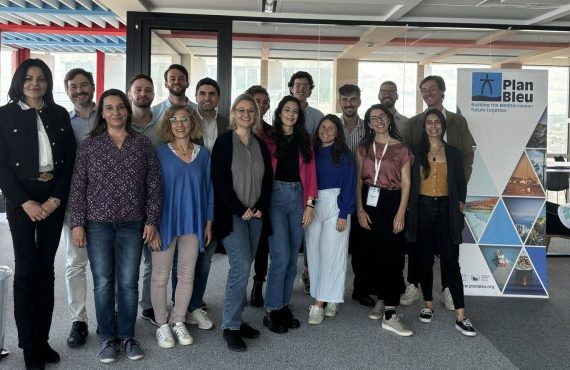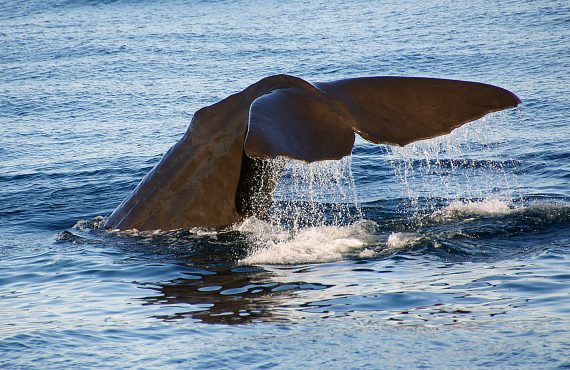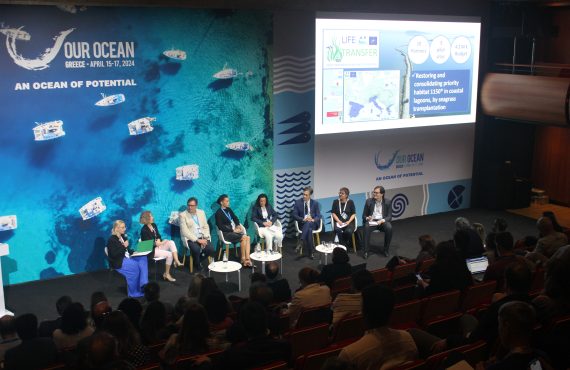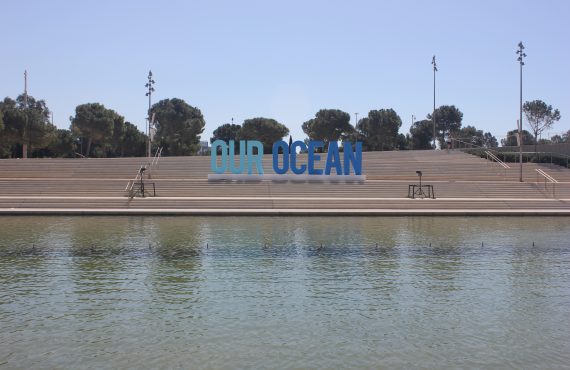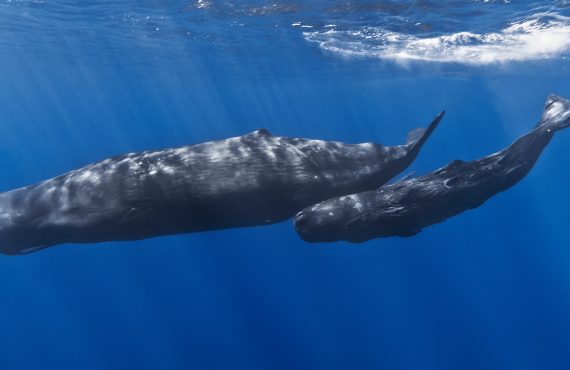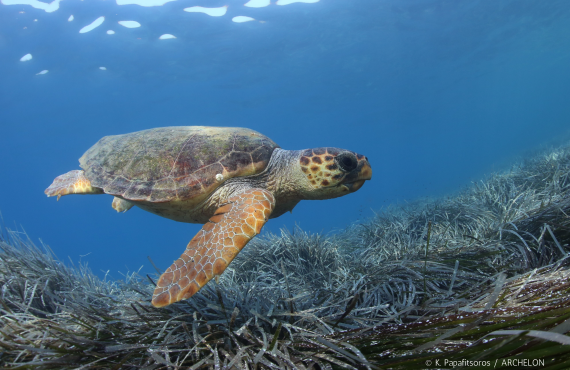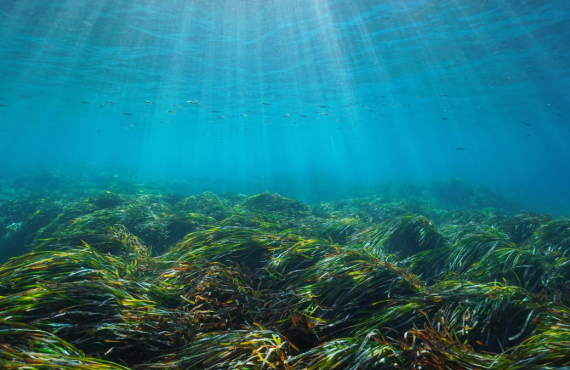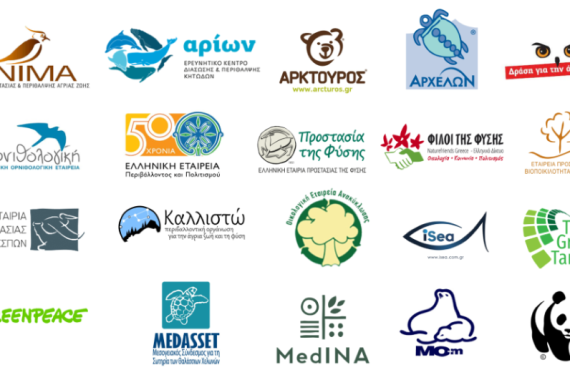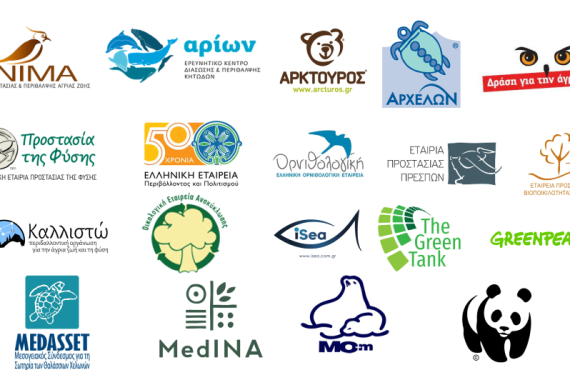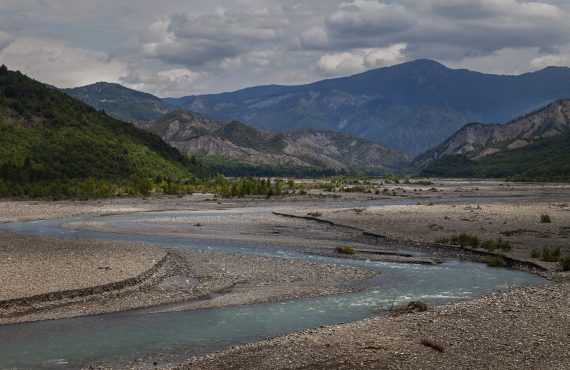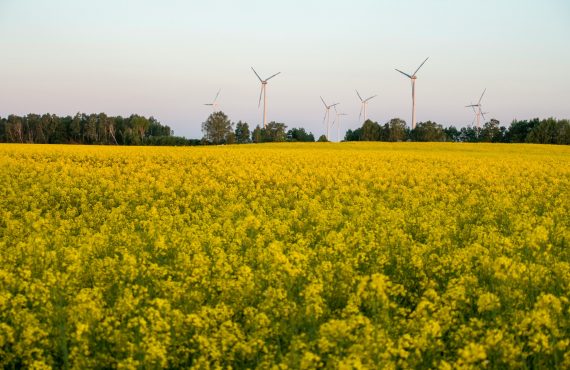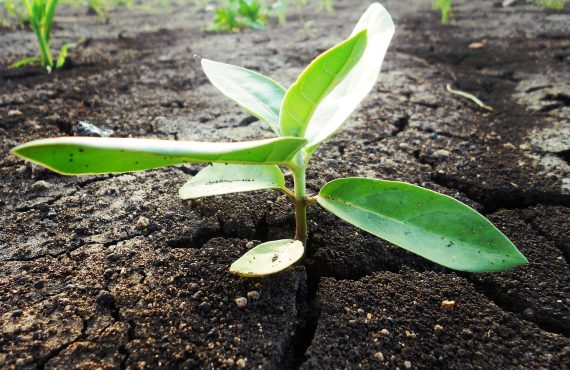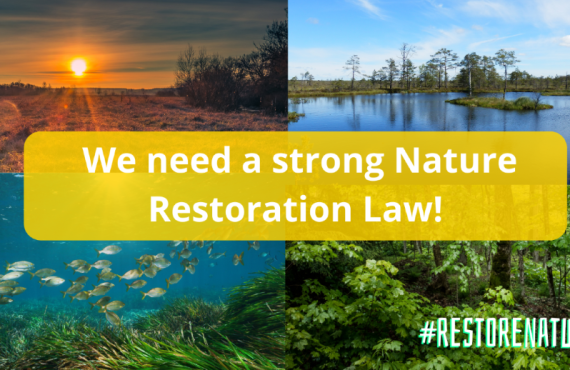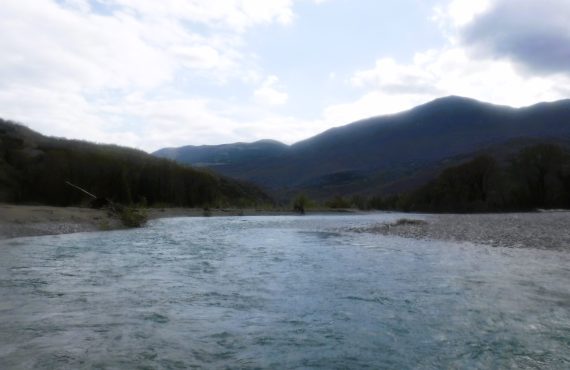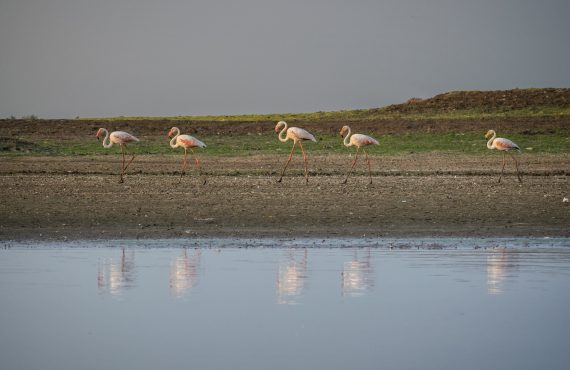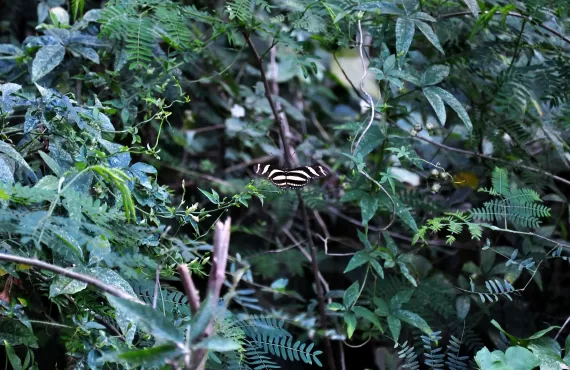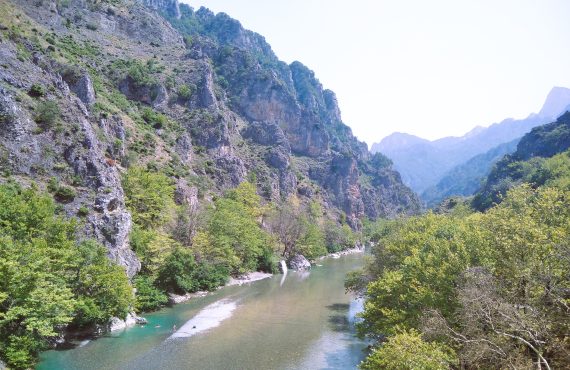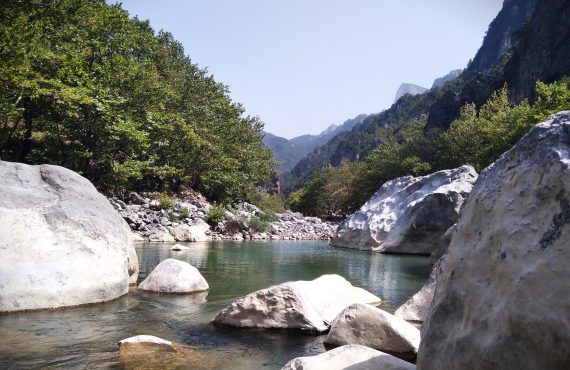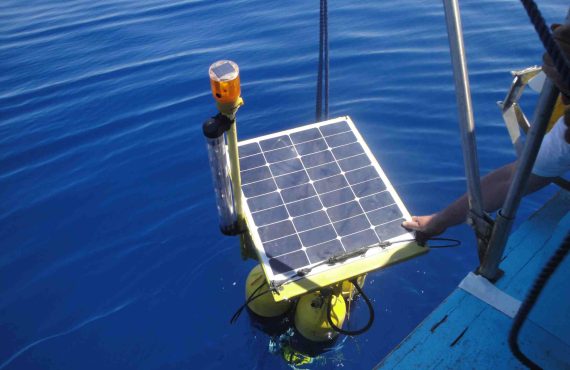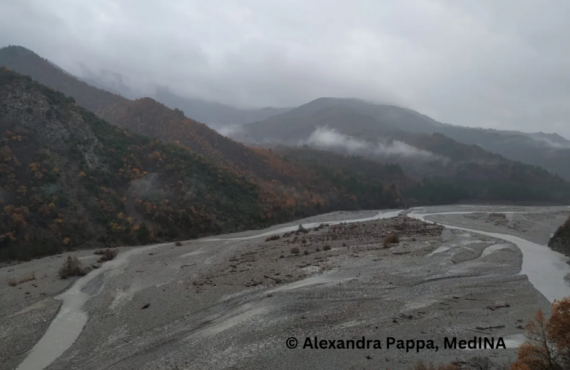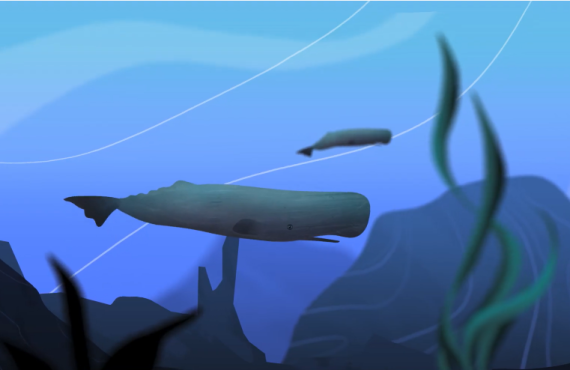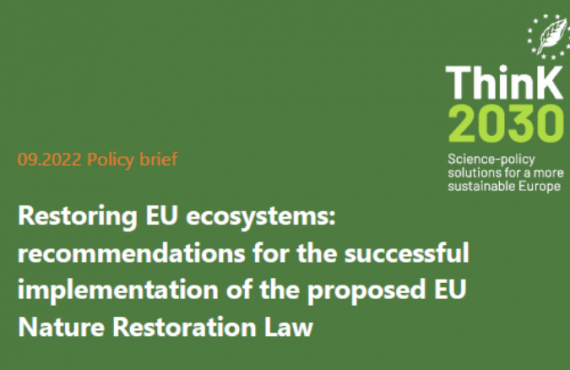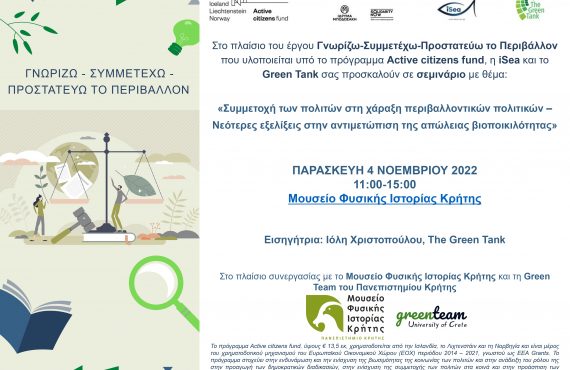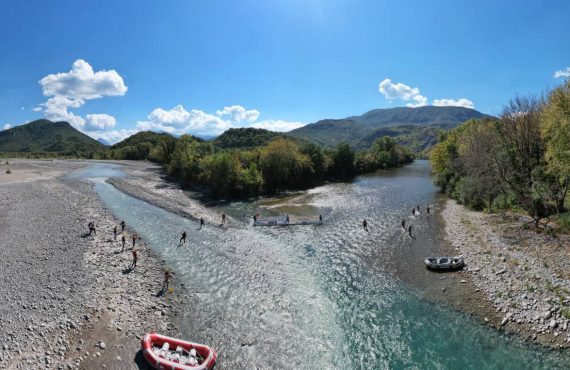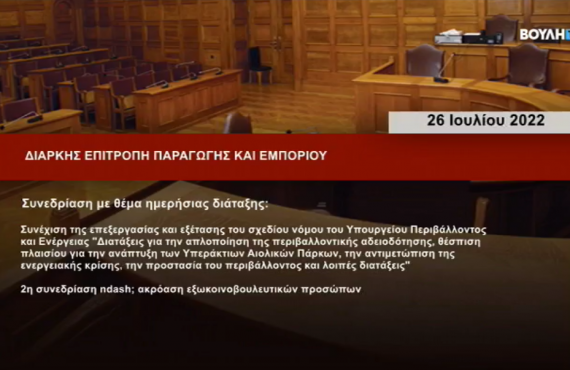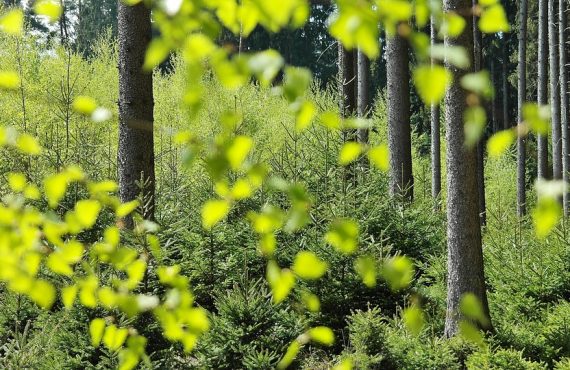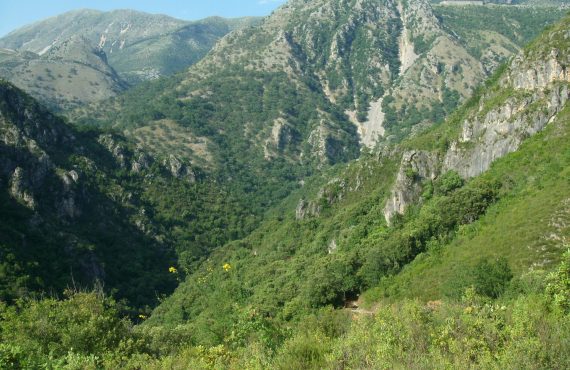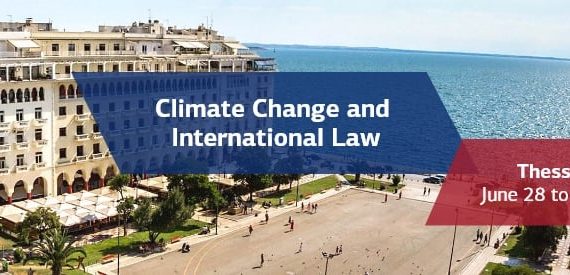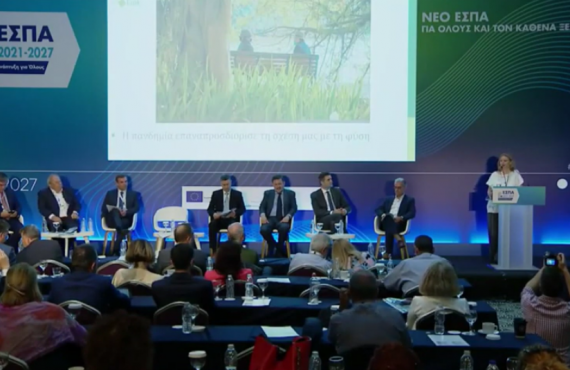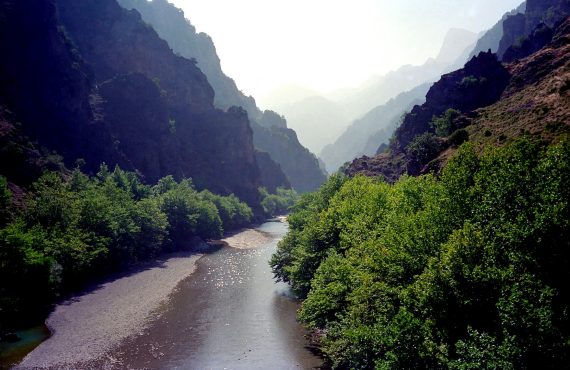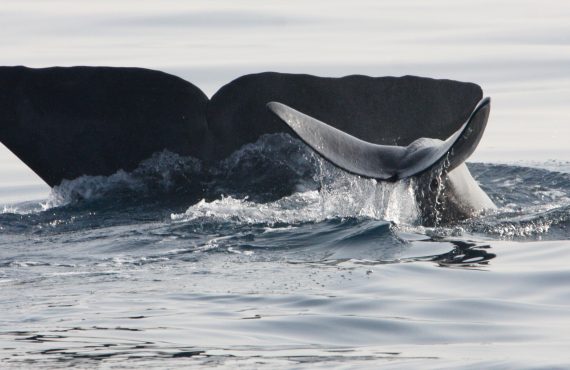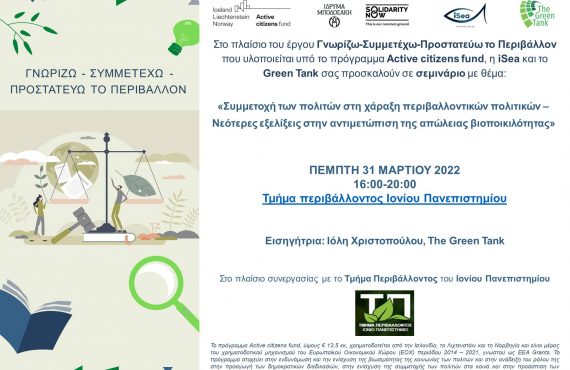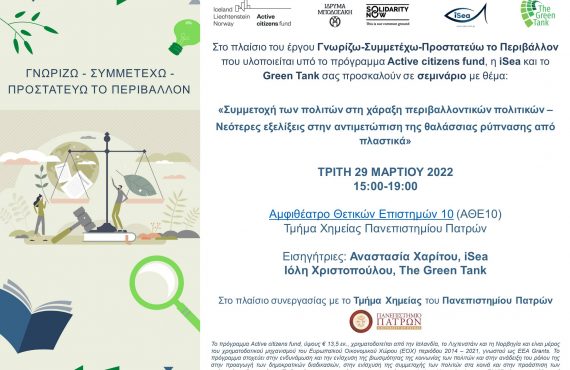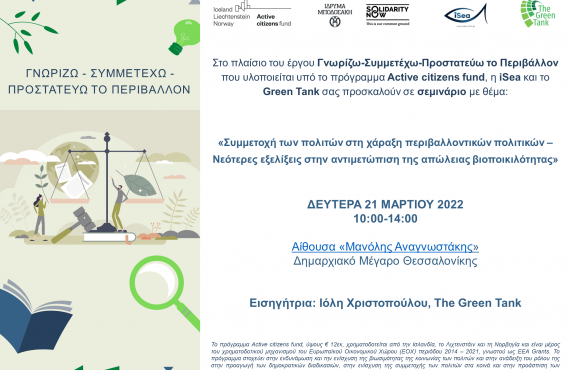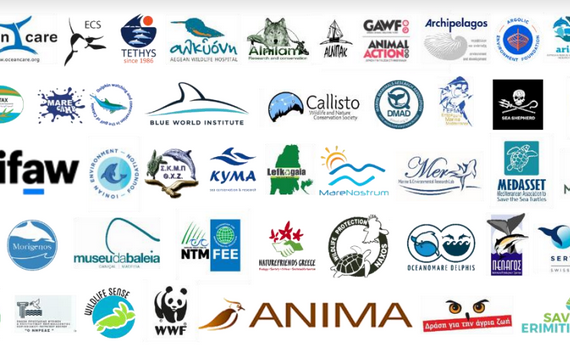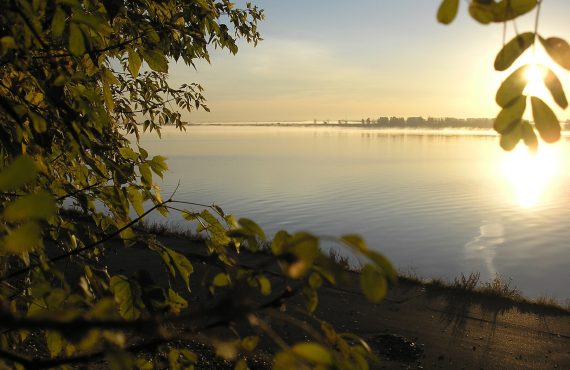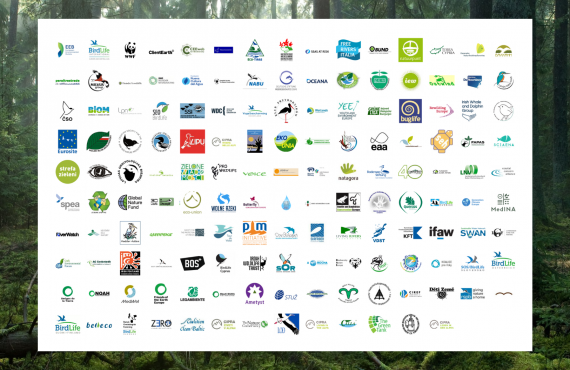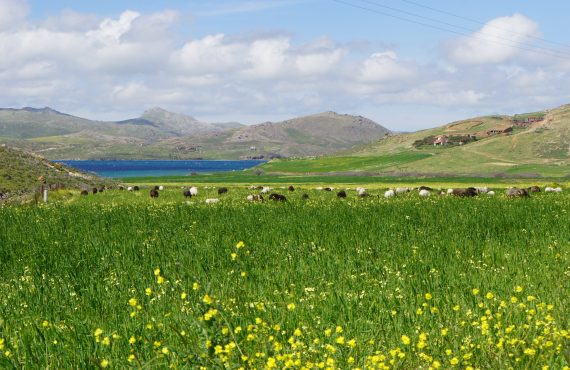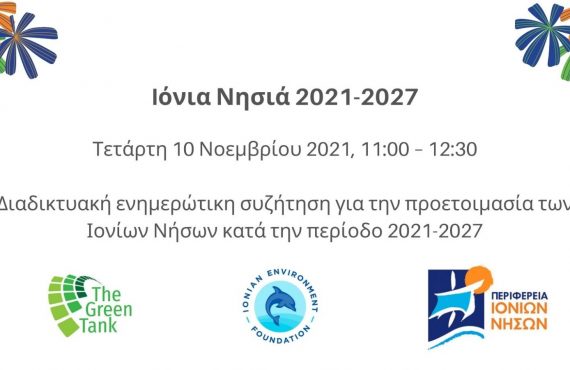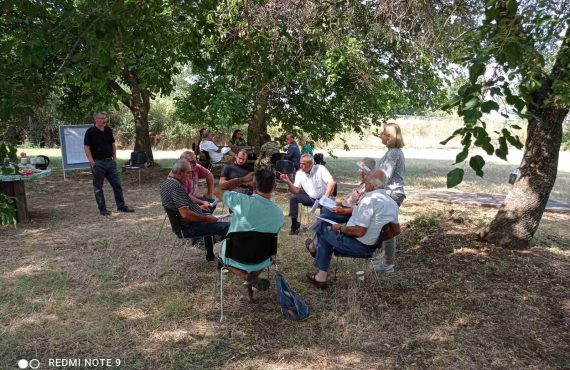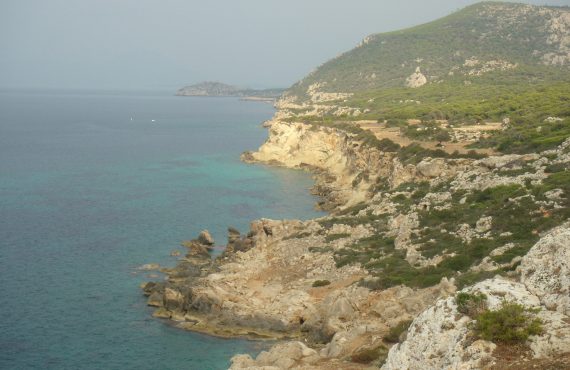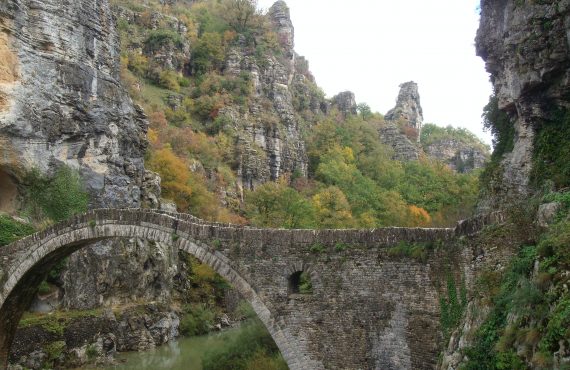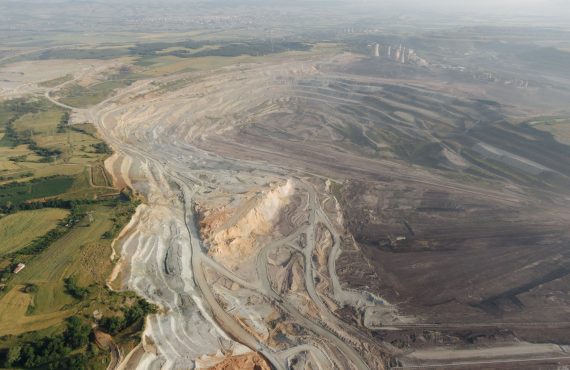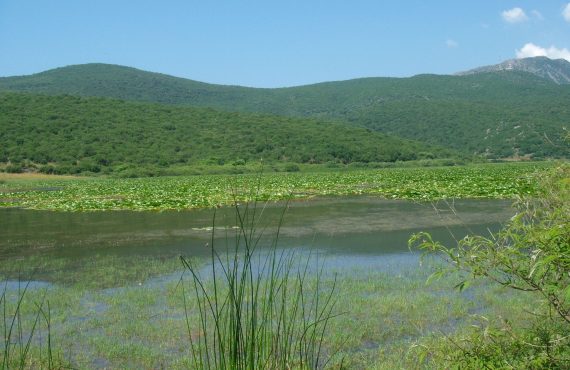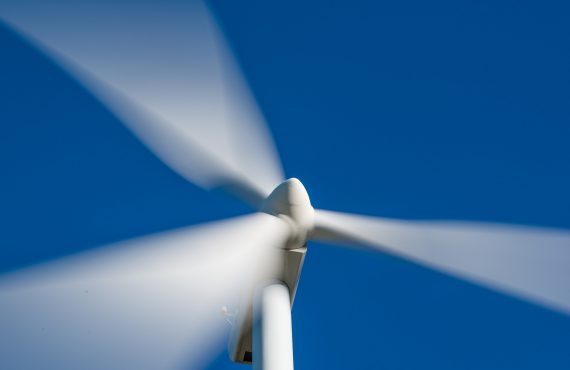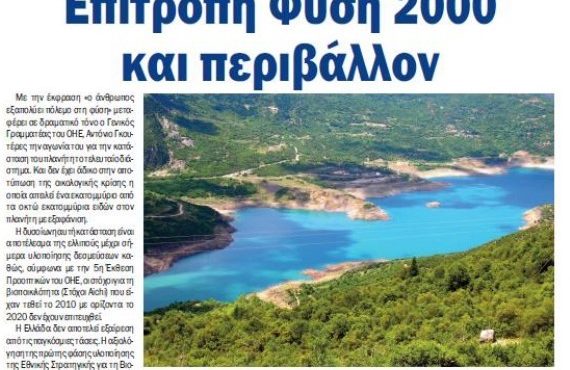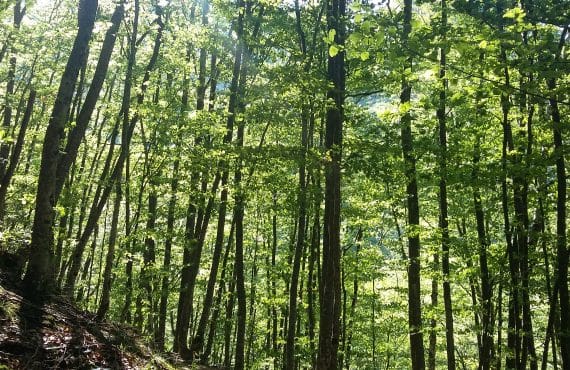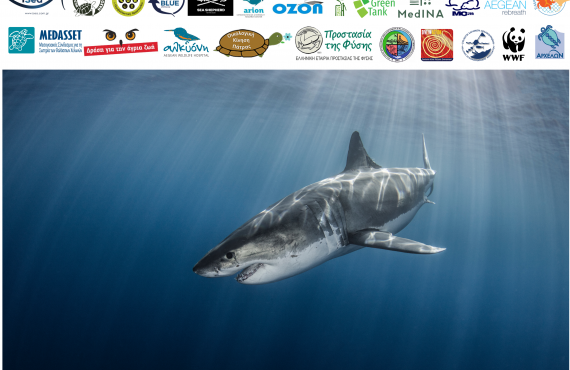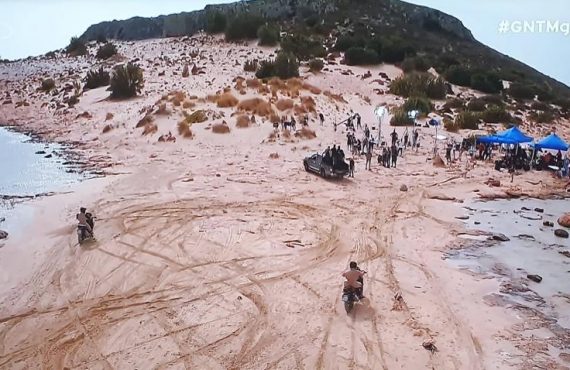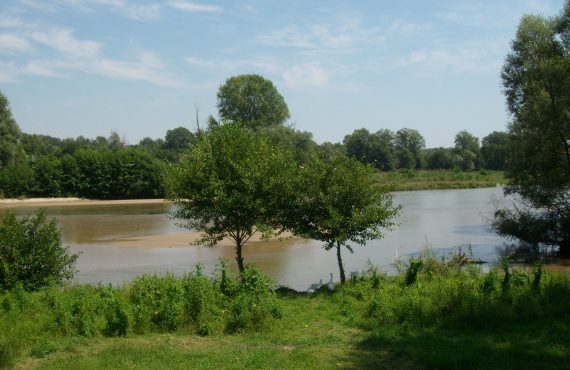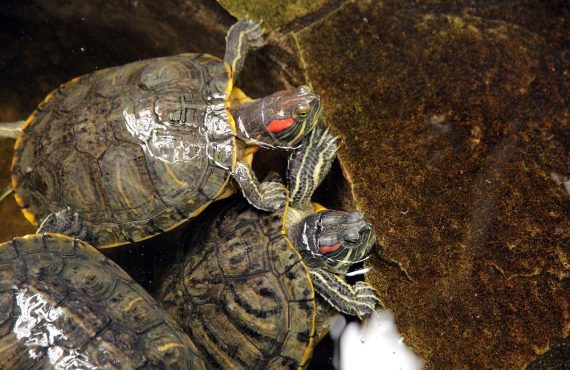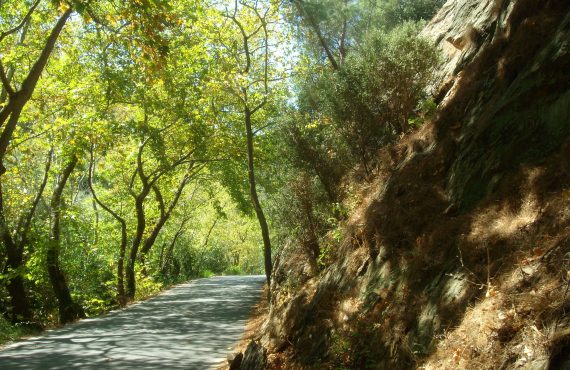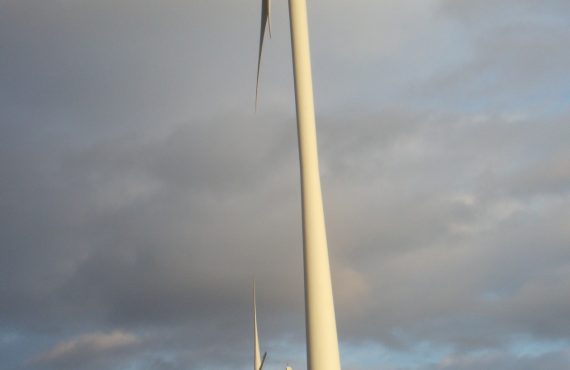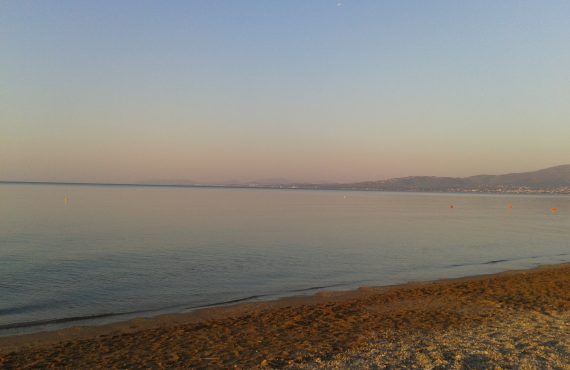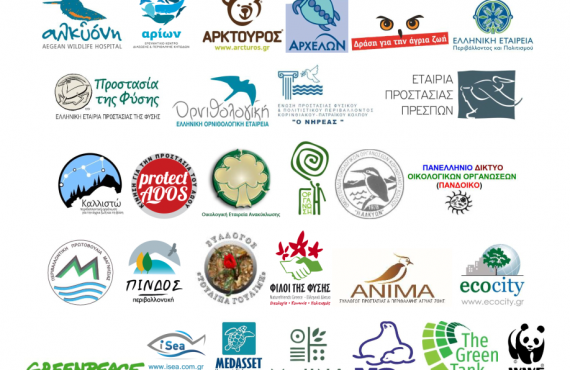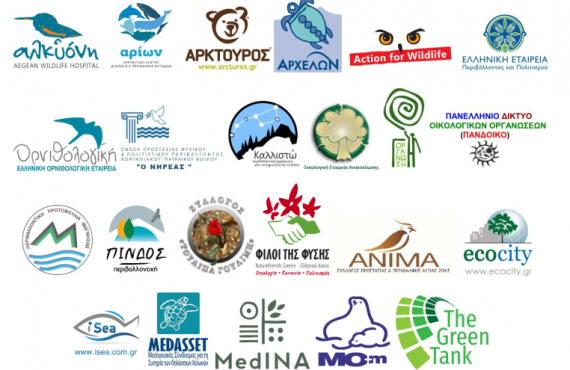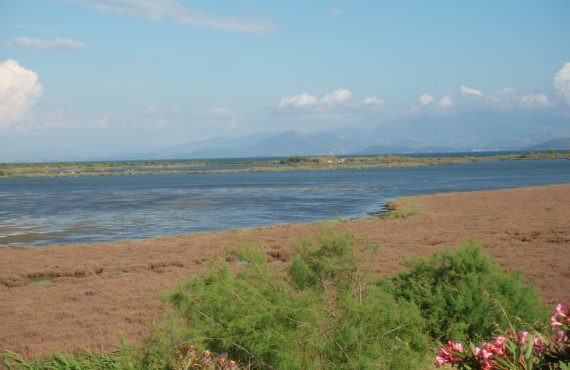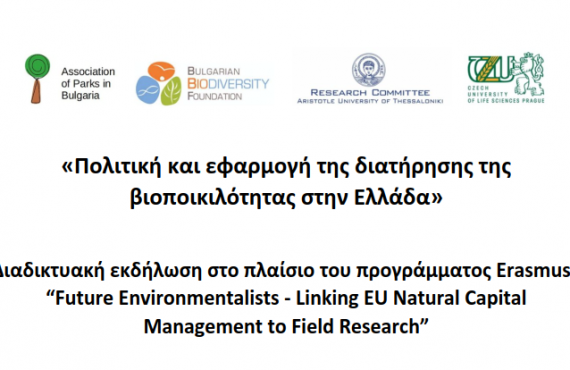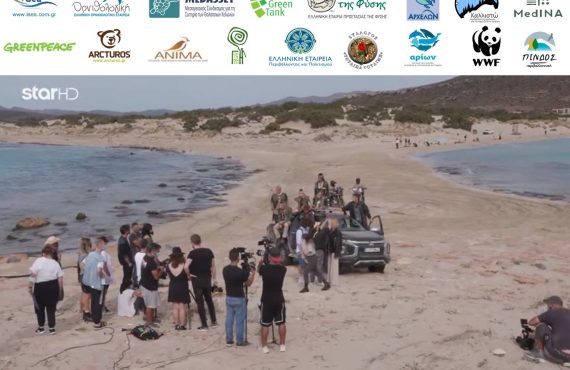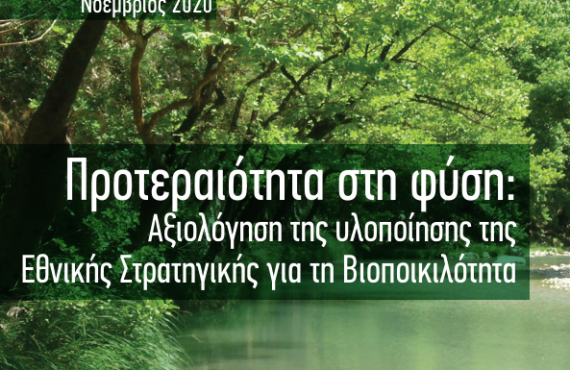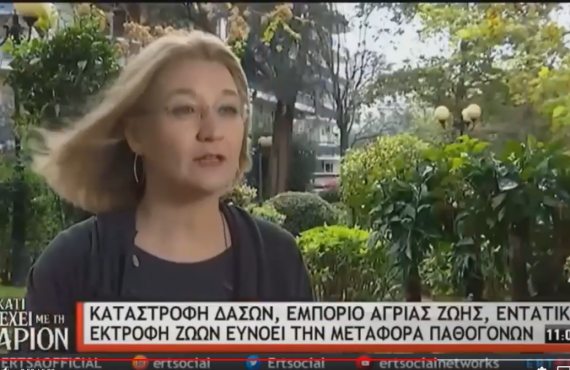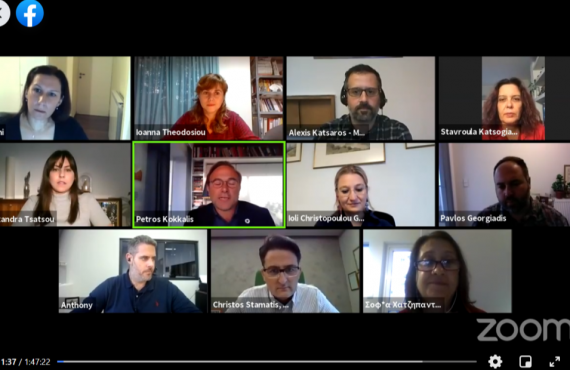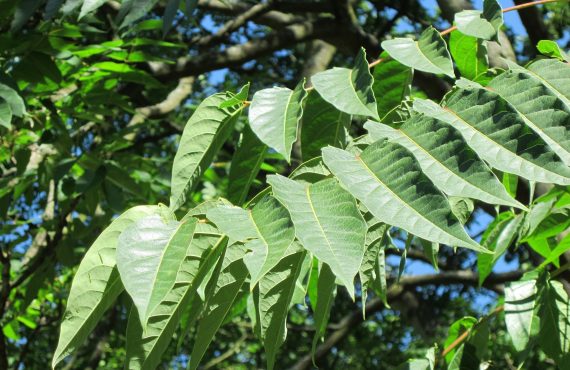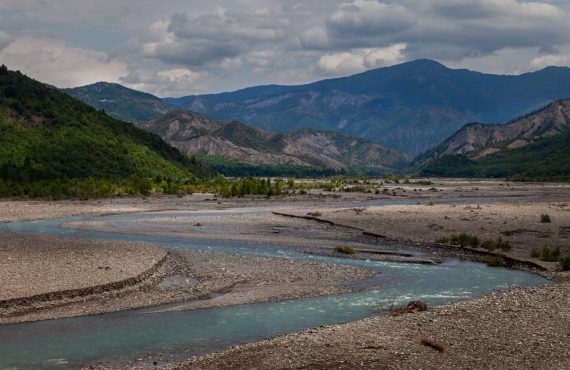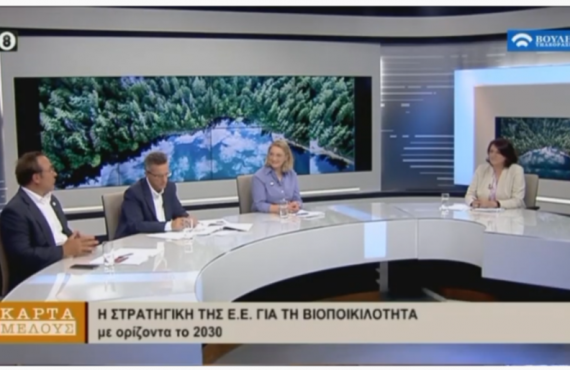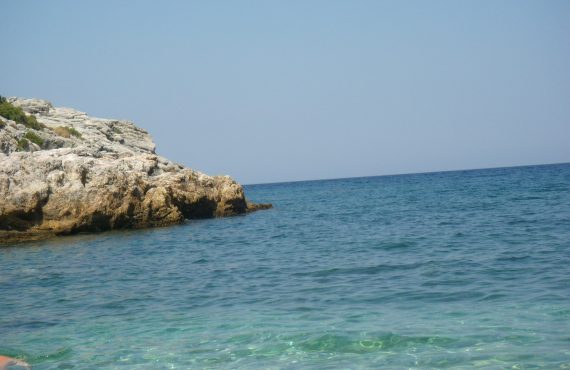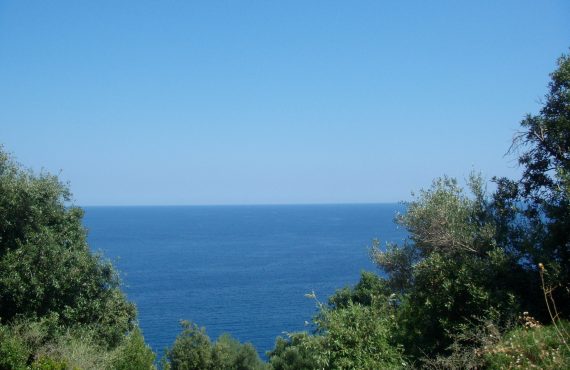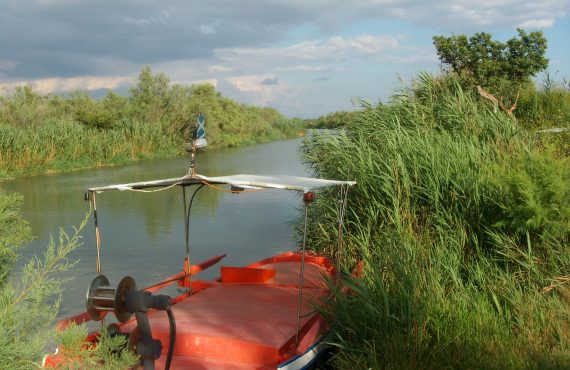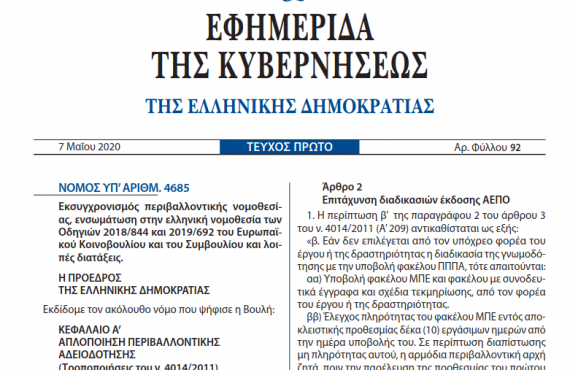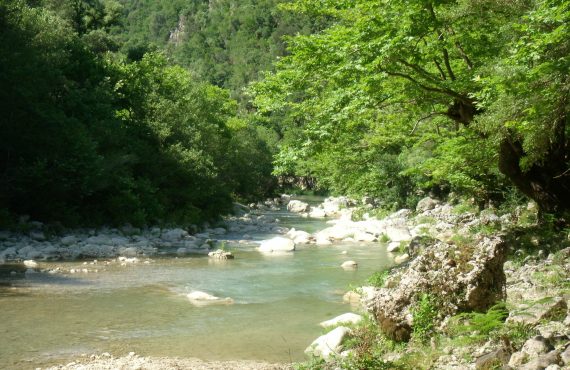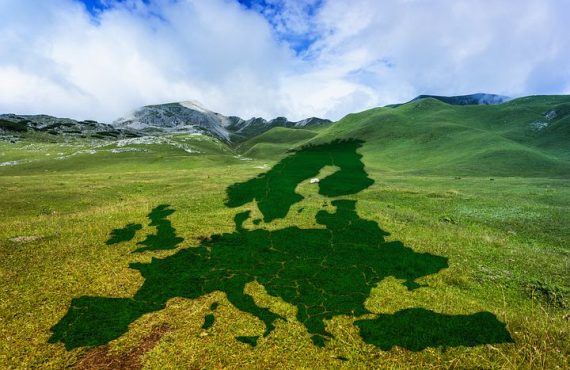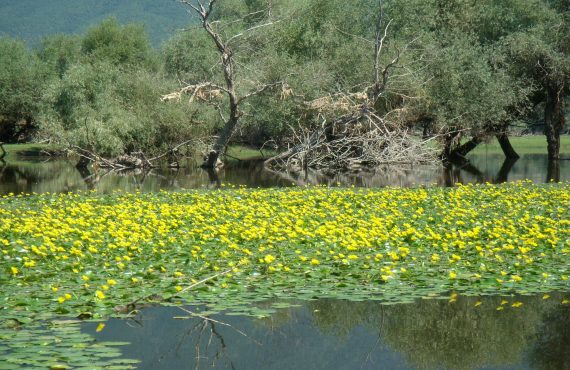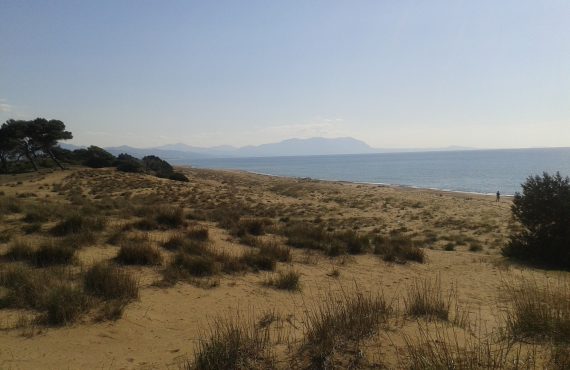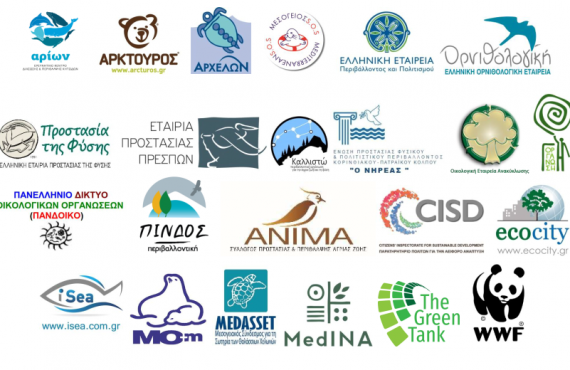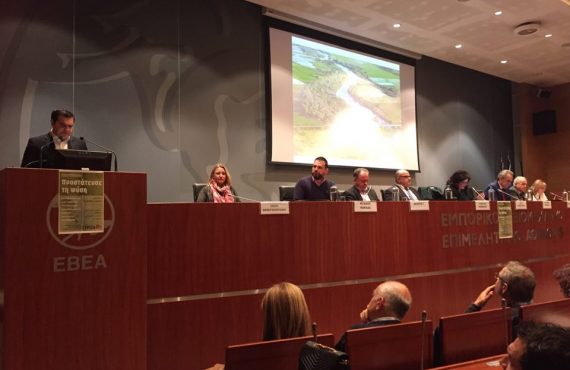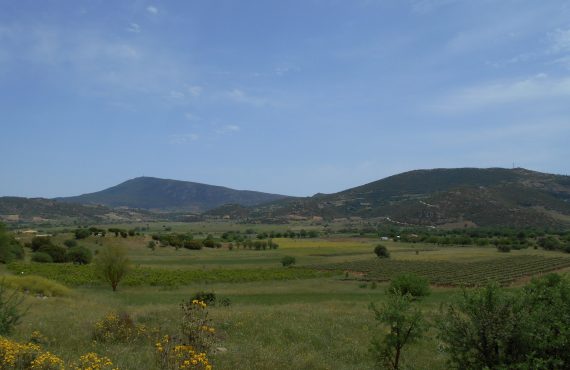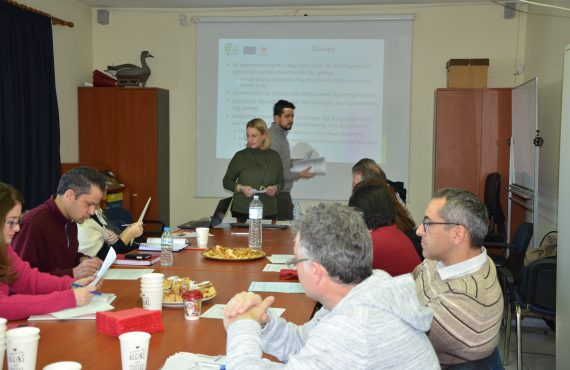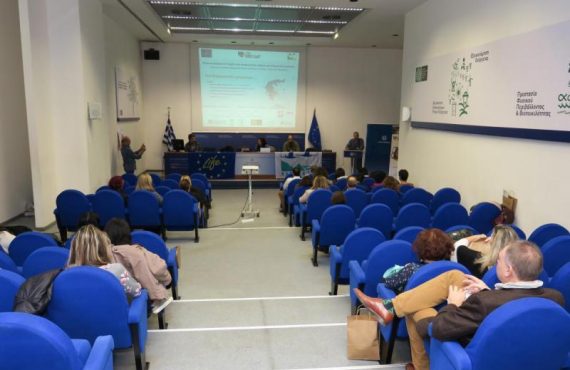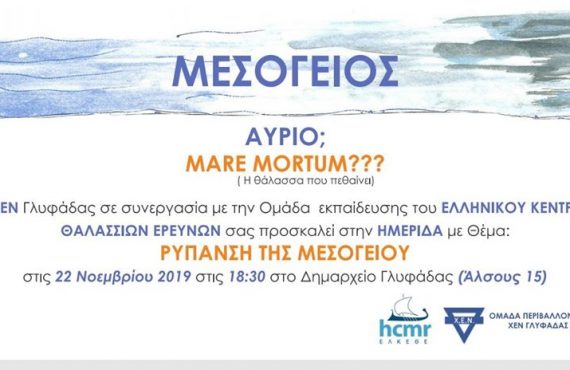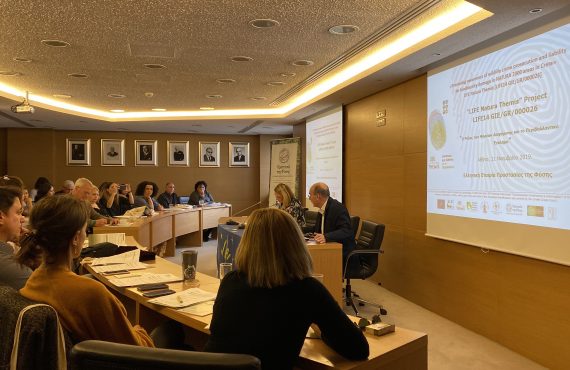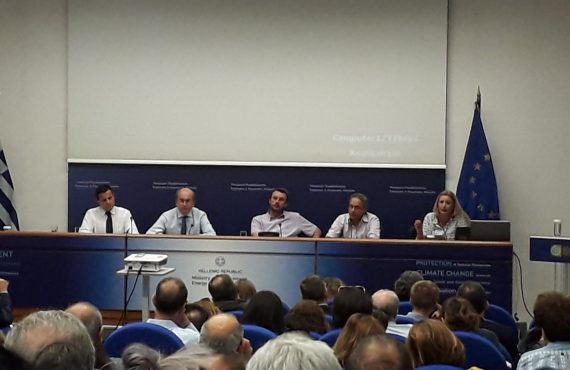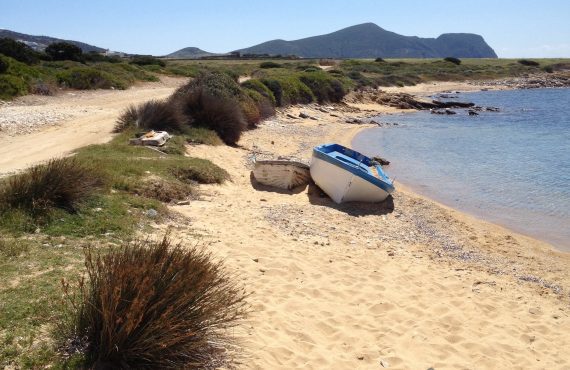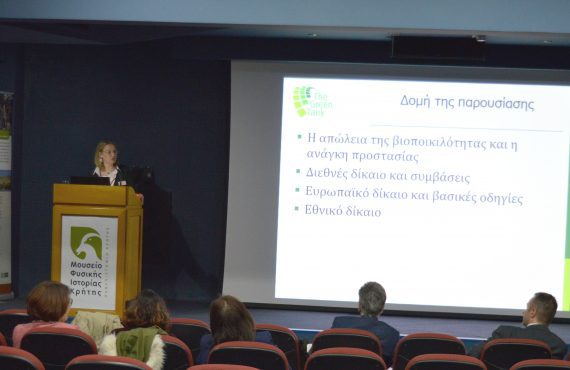Based on an analysis of 101 environmental permits for wind farms in Greece, the Green Tank and Nature Conservation Consultants (NCC) document differentiated approaches in the permitting process and recommend the adoption of a harmonized approach across the country.
The promotion of renewable energy sources (RES) is the central tool for achieving the country’s climate and energy targets. However, especially with regard to wind energy, which is considered the most mature of RES technologies, there are recognized potential impacts, especially on some protected species, mainly birds and bats.
Indubitably, the most important step to address the challenges associated with the deployment of wind energy is their proper siting of the planned wind farms.
If, in accordance with the legislation requirements, the licensing of a project proceeds, then setting sufficient and appropriate terms for the systematic monitoring as well as the mitigation of potential effects in each project’s environmental permit constitutes an important safety provision for the protected species.
Focusing on this stage of the environmental permitting process, the Green Tank in collaboration with the Nature Conservation Consultants (NCC) present an analysis titled “Environmental permit terms of wind farms: assessment of approaches and recommendations for improvement“. The analysis examines whether the terms set in the environmental permits of wind farms fulfill their role in safeguarding protected birds and more specifically those terms that relate to:
- the systematic monitoring of project impacts,
- the mitigation of of project impacts.
From the analysis of the terms included in 101 wind farm environmental permits spanning the period 2014-2020, the absence of a harmonized approach in setting environmental terms is recorded. The differences relate to the varied approaches followed by the different permit authorities, as well as the areas in which the wind farms are installed, i.e. whether they are situated within our beyond a Natura 2000 area. Differences, however, are also noted among projects that are situated in similar – in terms of ecological characteristics – areas, where one would expect similar type and scale of environmental impacts.
These differences have significant negative implications, as they:
- weaken the protection framework of areas and species,
- may lead to scorn for protection rules and possibly create doubts or even pressures regarding their necessity, and
- create inequalities in the treatment of investors and investment proposals, as well as differences in construction and operating costs despite similarities of investments.
Based on the conclusions of the analysis, a basic framework of environmental permit terms is proposed which can be applied uniformly throughout the country’s territory, with provisions for a scaled approach according to the characteristics of each particular location and particularly for the most sensitive and protected areas.
Adopting such a unified approach, will strengthen not only the conservation framework of vulnerable species, but also the deployment framework of wind energy. In fact, the recommendations presented in this analysis can be immediately applied and in parallel with the revision of the Special Spatial Plan for Renewable Energy.
Notes:
- You can read the full report in Greek “Environmental permit terms of wind farms: assessment of approaches and recommendations for improvement“
- Shortly before concluding the report, the preliminary analysis results were presented during the 3rd online meeting of the Dialogue Group on Renewable Energy and the Environment, which was organized by the Institute for Sustainable Development of the European Public Law Organization (EPLO) and the Convergences Greece Forum on February 11, 2021. You can watch the session (in Greek) here:



